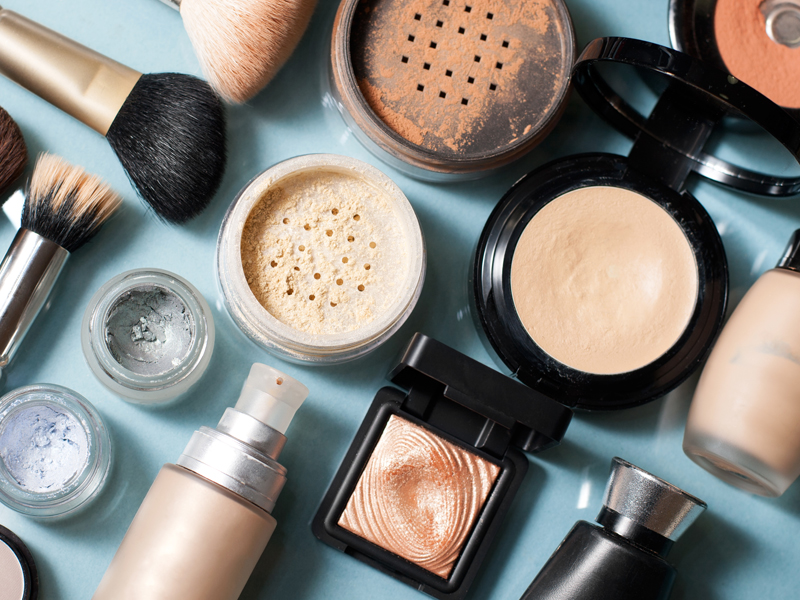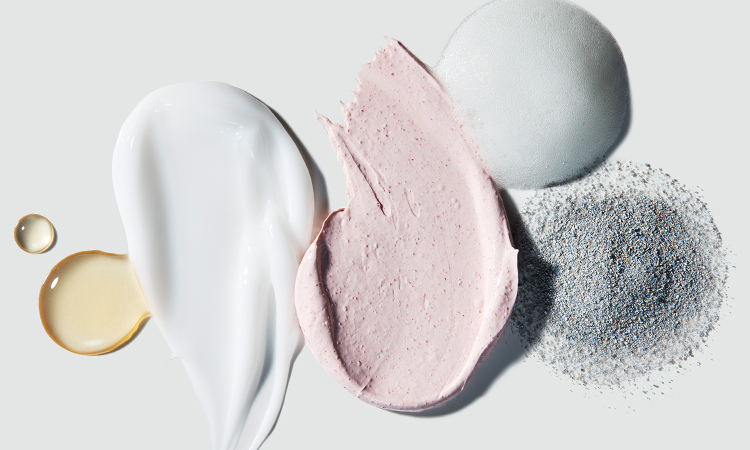
The use of cosmetics is a practice deeply rooted in human history, transcending cultures and civilizations. From ancient rituals to modern marvels, the evolution of cosmetics reflects not only changing beauty standards but also the technological and societal advancements of each era.
Ancient Beginnings: The origins of cosmetics can be traced back thousands of years to ancient civilizations. In ancient Egypt, both men and women adorned themselves with elaborate makeup, using kohl for darkening the eyes and red ochre for lip color. These cosmetic practices were not only for beautification but also held cultural and religious significance.
In ancient Greece, the pursuit of beauty was elevated to an art form. Women used white lead and chalk to lighten their skin, while berries and plant extracts provided natural pigments for lip and cheek color. The Greeks also valued a pale complexion, associating it with the aristocracy and a life of leisure.
Medieval and Renaissance Eras: The Middle Ages saw a shift in attitudes towards cosmetics. In Europe, influenced by the church, makeup was often associated with sin and immorality. However, during the Renaissance, there was a revival of interest in the aesthetics of ancient Greece and Rome. Cosmetics once again became popular among the elite, with women using lead-based powders and potions to achieve a fair complexion.
The Victorian Era: The Victorian era brought with it a complex relationship with cosmetics. Queen Victoria herself frowned upon excessive makeup, considering it vulgar. However, society was fascinated by the idea of natural beauty enhanced by cosmetics. Women used subtle tints and powders, and the first commercial cosmetics began to emerge.
The 20th Century: The 20th century witnessed a seismic shift in the cosmetics industry. The flapper era of the 1920s embraced bold and dramatic makeup, with dark eyes, red lips, and bobbed hair. The Hollywood glamour of the 1930s and 1940s popularized the use of makeup, and iconic figures like Marilyn Monroe became beauty icons.
The 1960s brought a revolution in beauty standards with the rise of the counterculture. The “less is more” mantra of the 1960s and 1970s challenged traditional ideals, and natural looks gained popularity.
Modern Innovations: The late 20th century and early 21st century saw unprecedented innovations in cosmetics. Advances in technology led to the development of long-lasting formulas, water-resistant products, and airbrush makeup. The beauty industry also became more inclusive, with a broader range of products catering to diverse skin tones and types.
The rise of social media further transformed the beauty landscape. Influencers and makeup artists gained massive followings, shaping trends and promoting new products. Beauty became more accessible than ever, with tutorials and reviews available at the click of a button.
Today, the cosmetic industry continues to evolve, embracing sustainability, inclusivity, and innovation. Brands are investing in research and development to create products that not only enhance beauty but also prioritize health and environmental consciousness.
In conclusion, the evolution of cosmetics is a fascinating journey through time, reflecting the changing ideals and values of societies across the globe. From ancient rituals to modern marvels, cosmetics have been an enduring aspect of human expression, creativity, and identity.